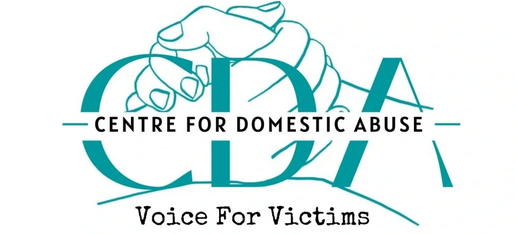Safety and Protection Statement
A non-molestation order is a legal measure aimed at protecting an individual, and any children involved, from harassment, threats, or violence. The application can be made by the person seeking protection or by someone acting on their behalf, such as a social worker, legal representative, or concerned third party. Child safety standards must be rigorously upheld throughout the referral and application process.
1. Initial Assessment and Safeguarding Check
- Risk Identification: Upon receiving a referral, the safeguarding team or relevant authority conducts an initial assessment to identify immediate risks to the applicant and any children involved.
- Urgency Consideration: If children are at imminent risk, emergency protective measures may be initiated while the formal process is underway.
- Multi-Agency Cooperation: Information sharing with police, social services, and legal representatives ensures a comprehensive safety plan.
2. Completion and Submission of the FP9 Form
- What is FP9? The FP9 form is used to officially notify the court of an application for a non-molestation order, especially in cases involving children or vulnerable individuals.
- Key Details Captured:
- Names and details of the applicant and respondent.
- Child protection concerns and specific risks identified.
- Urgency justification (e.g., threat of violence, child abduction risk).
- Submission Procedure:
- The FP9 form must be accurately completed and signed.
- It is then submitted to the Family Court alongside Form FL401 (Non-Molestation Application).
3. Court Review and Protective Measures
- Emergency Hearings: If necessary, courts can issue an ex-parte (without notice) non-molestation order based on the referral and FP9 submission.
- Evidence Evaluation: Courts consider:
- The FP9 form and accompanying evidence.
- Statements from the applicant or referring party.
- Reports from social services or police, if available.
- Order Issuance: Once reviewed, the court can grant a temporary or full non-molestation order.
4. Post-Order Safeguarding Actions
- Monitoring Compliance: Agencies monitor the respondent's adherence to the order.
- Child Safety Monitoring: Ongoing welfare checks ensure children’s safety and well-being post-order.
- Support Services: Applicants and affected children are signposted to counseling, housing assistance, and legal advice services.
Important Considerations
- Consent and Confidentiality: Consent must be obtained from the applicant whenever possible. All information is handled according to strict confidentiality protocols.
- Third-Party Referrals: When referrals are made on behalf of another person, clear documentation of consent or justification for acting without consent (e.g., serious imminent harm) is required.
- Child-Centered Approach: All steps prioritize the child’s best interests, aligning with child protection laws and standards such as the Children Act 1989 and 2004 (UK).
Conclusion
Ensuring child safety in non-molestation application referrals is a structured, multi-step process involving risk assessment, legal documentation (including the FP9 form), and continuous monitoring. Whether the referral is made directly or on someone else’s behalf, safeguarding measures remain paramount to protect vulnerable individuals from harm.
Copyright © 2025 Centre for Domestic Abuse - All Rights Reserved.
Registered Office: 729 Capability Green, Luton, Bedfordshire, LU1 3LU
Telephone: 020 303 404 22

